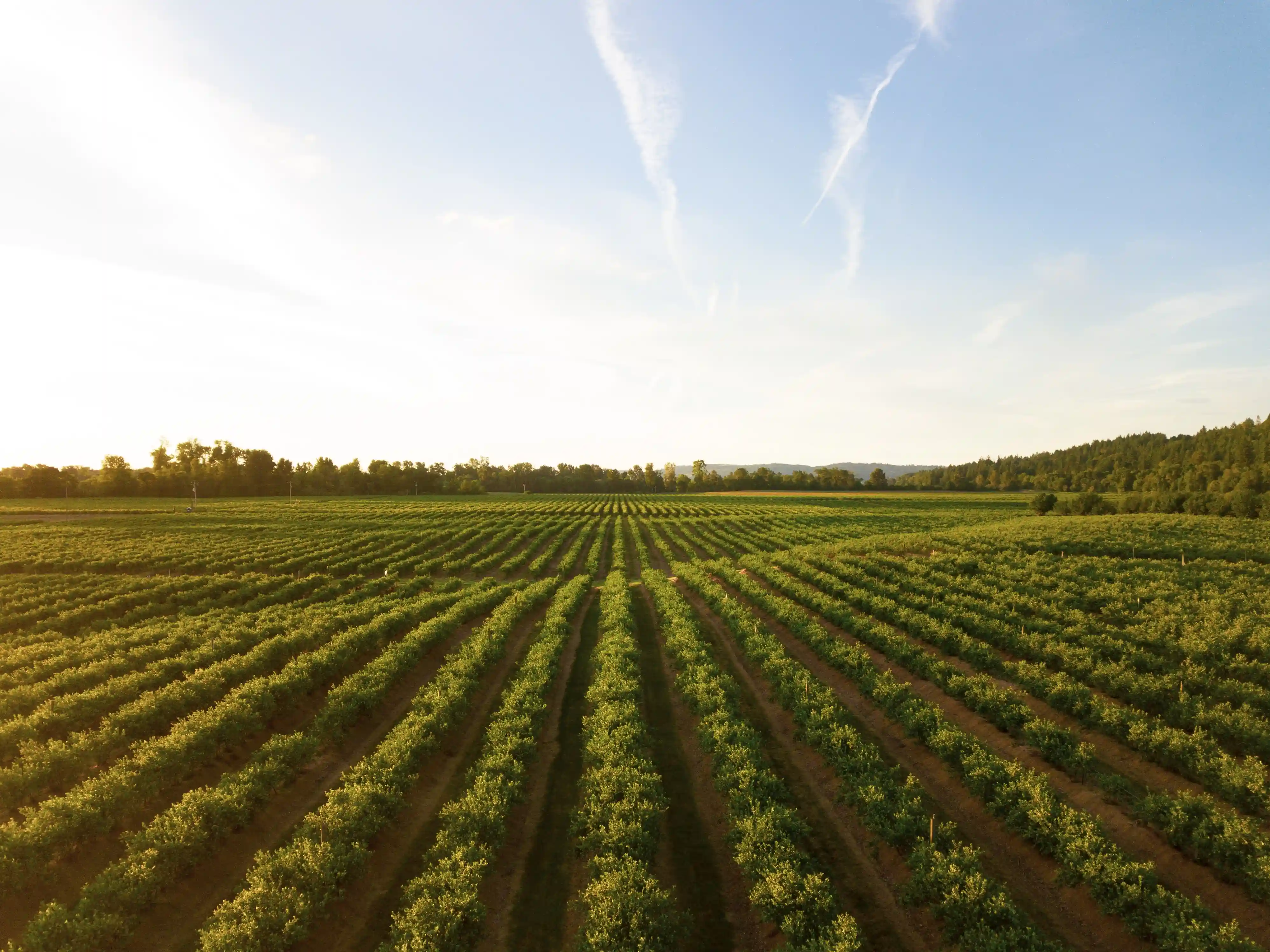In the race to reach net zero emissions and to reduce their impact on the planet, more and more companies are looking for ways to reduce their emissions or to become carbon neutral.
The crucial thing is for companies to reduce their greenhouse gas emissions first before considering offsetting or insetting, but both can be valuable tools to take climate action. But what are they?
Carbon Insetting
Carbon Insetting involves financing climate protection projects within a company's value chain that demonstrably reduce or sequester emissions and have a positive impact on the communities, landscapes, and ecosystems linked to the value chain.
The key thing here is that the insetting takes place within the value chain and is not an unrelated project, for example:
- Implementing energy-efficient technologies and practices in production processes to reduce carbon emissions.
- Investing in regenerative agriculture practices, such as cover cropping, crop rotation, and soil carbon sequestration, to capture and store carbon in the soil.
- Promoting sustainable transportation options, such as using electric vehicles or promoting public transportation, to reduce emissions from employee commutes and logistics.
.png)
Carbon Offsetting
Offsetting is the removal or avoidance of carbon emissions (or other greenhouse gases).
They are used to compensate for emissions produced elsewhere, for example, a company produces one tonne of carbon emissions, but to reduce their impact on the planet, they support a project that will prevent one tonne of emissions from being produced or one tonne of emissions will be sequestered.
Examples of offsetting include:
- Direct air capture: Involves using technological solutions to remove carbon dioxide directly from the atmosphere, typically through large-scale machines or facilities that capture and store carbon dioxide underground or repurpose it for other uses.
- Renewable energy projects: Supporting the development and deployment of renewable energy sources, such as solar, wind, and hydroelectric power, to replace fossil fuel-based energy and reduce greenhouse gas emissions.
- Blue carbon projects: Investing in the conservation and restoration of coastal and marine ecosystems, such as mangroves, salt marshes, and seagrasses, which are highly effective in storing carbon and supporting biodiversity.
.png)
What does the Science Based Target initiative (SBTi) say about insetting? “There is no international standard or consistent definition to describe insetting projects nor an agreed methodology to account for their GHG emission reductions. Further work needs to be done to standardize the definition of insetting projects and to develop a clear accounting methodology. For these reasons, the SBTi will be open to consider these projects as a way to achieve SBTs under certain circumstances. Insetting projects could potentially count as long as the emissions they address are within the Scope 3 emissions boundary of the company and as long as there is no double counting (i.e. the impact of the project is not being counted by another company – other than the one developing the insetting project and the company taking into account the insetting reductions for Scope 3 purposes).”
Is carbon insetting better than offsetting?
Both insetting and offsetting have their advantages and limitations, and the effectiveness of each approach depends on factors such as the quality and integrity of the projects, the scale of emission reductions achieved, and the accountability and transparency of the process.
It's important to carefully consider the context and goals of a specific situation when choosing between carbon insetting and offsetting and to prioritise efforts to reduce emissions at their source and promote sustainability across an entire supply chain.


